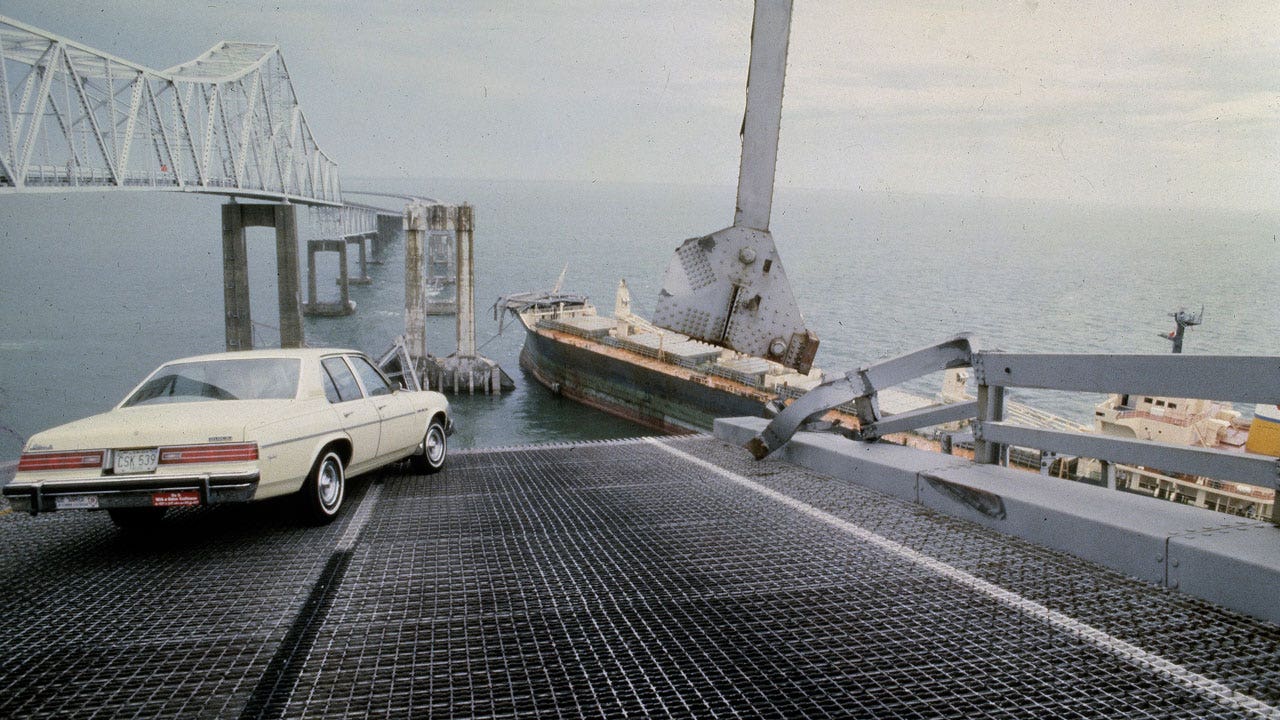Daphne Richemond-Barak, the author of “Underground Warfare,” writes in Foreign Policy magazine: “Never in the history of tunnel warfare has a defender been able to spend months in such confined spaces. The digging itself, the innovative ways Hamas has made use of the tunnels and the group’s survival underground for this long have been unprecedented.”
In other words, in this war, Hamas is often underground, the Israelis are often aboveground, and Hamas seeks to position civilians directly between them. As Barry Posen, a professor at the security studies program at M.I.T., has written, Hamas’s strategy could be “described as ‘human camouflage’ and more ruthlessly as ‘human ammunition.’” Hamas’s goal is to maximize the number of Palestinians who die and in that way build international pressure until Israel is forced to end the war before Hamas is wiped out. Hamas’s survival depends on support in the court of international opinion and on making this war as bloody as possible for civilians, until Israel relents.
The Israelis have not found an easy way to clear and destroy the tunnels. Currently, Israel Defense Forces units clear the ground around a tunnel entrance and then, Richemond-Barak writes, they send in robots, drones and dogs to detect explosives and enemy combatants. Then units trained in underground warfare pour in. She writes: “It has become clear that Israel cannot possibly detect or map the entirety of Hamas’s tunnel network. For Israel to persuasively declare victory, in my view, it must destroy at least two-thirds of Hamas’s known underground infrastructure.”
This is slow, dangerous and destructive work. Israel rained destruction down on Gaza, especially early in the war. Because very few buildings can withstand gigantic explosions beneath them, this method involves a lot of wreckage, compounding the damage brought by tens of thousands of airstrikes. In part because of the tunnels, Israel has caused more destruction in Gaza than Syria did in Aleppo and more than Russia did in Mariupol, according to an Associated Press analysis.
John Spencer is the chair of urban warfare studies at the Modern War Institute at West Point, served two tours in Iraq and has made two visits to Gaza during the current war to observe operations there. He told me that Israel has done far more to protect civilians than the United States did in Afghanistan and Iraq. Spencer reports that Israel has warned civilians when and where it is about to begin operations and published an online map showing which areas to leave. It has sent out millions of pamphlets, texts and recorded calls warning civilians of coming operations. It has conducted four-hour daily pauses to allow civilians to leave combat areas. It has dropped speakers that blast out instructions about when to leave and where to go. These measures, Spencer told me, have telegraphed where the I.D.F. is going to move next and “have prolonged the war, to be honest.”






